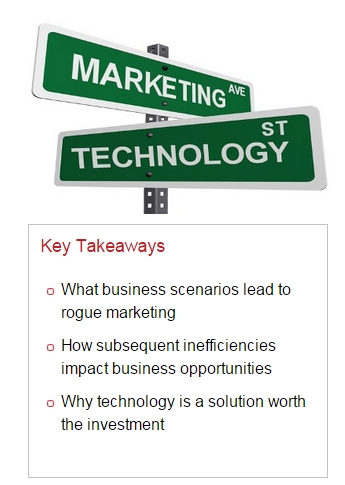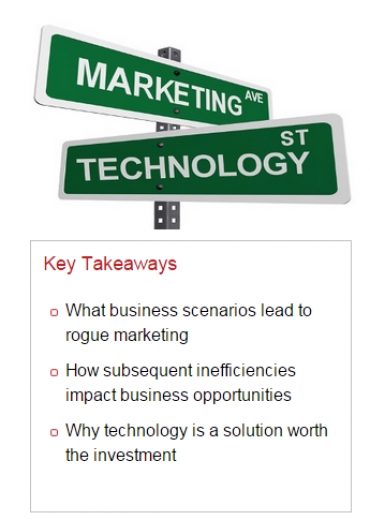
 In the accelerating world of business, the value of brand often is the key to acceptance and success. Apple, Google, Instagram emerged as hands-down leaders in their industries in no small part as the result of their brand. Brand is equally important in other companies large and small. As a result, alignment between Brand Owners and Brand Ambassadors has never been more critical.
In the accelerating world of business, the value of brand often is the key to acceptance and success. Apple, Google, Instagram emerged as hands-down leaders in their industries in no small part as the result of their brand. Brand is equally important in other companies large and small. As a result, alignment between Brand Owners and Brand Ambassadors has never been more critical.
For the purposes of this article Brand Ambassadors are defined as any customer-facing individual, group or organization who operates as an extension of your brand; who is often the face of your brand at a customer level. Brand owners are typically centrally located, and must balance the central corporate vision and initiatives with supporting various and often disparate brand ambassadors, be it subsidiaries, sales teams, distributors, location managers, etc., all who have less day-to-day immersion in strategic brand and marketing decisions.
Brand itself is a term that could use some framing. Those of us who are not marketers sometimes mistake the term “brand” as simply referring to the “look” of the logo, content, company, etc. That is certainly a part of the brand, however to marketers, brand has a much deeper meaning that permeates to the core of messaging, customer perspective and a company’s overall place in its industry.
In this context, representatives often fail to see themselves as the brand ambassadors they truly are. Their priorities and responsibilities are focused on making sales, responding quickly to the customer and ensuring no opportunities are lost. They often live in a world where proactive and reactive communications and interactions are occurring in real time and unless they have the tools to get them through their daily work AND to stay “on brand,” it is only natural that brand representatives take matters into their own hands and go a little… rogue.
This can be a frustration to marketers because without tight synchronicity it is all too easy for brand and strategic vision to become disjointed and diluted, no longer defined by the things that make that company a success.
Though the details of this scenario play themselves out differently from company to company or industry to industry, the challenges are remarkably similar, but the good news is, so are the solutions.
Going rogue happens under many titles, and can manifest internally, or externally. Let’s look at a few common examples to showcase exactly how and why, starting with a fairly obvious one: the sales person.
The Best Salesperson. Not the Best Marketer.
The reason you hired your sales force was not for their ability to be great marketers. It was for their skills as great salespeople. The best of who are, by definition, constantly pursuing opportunities to bring in more business, and when they need a marketing aid, they need it quickly; they won’t spend time tracking down or waiting for difficult-to-obtain or inaccessible marketing materials the brand managers have painstakingly created. They will ‘do what needs to be done’ to get the desired information into the hands of their prospect or customer now. And that has the potential for marketing mayhem. We’ve all seen it; ad-hoc sales sheets quickly built to match the particular needs of the moment, lodged in a Word document with an off-brand font and low-res logo. Or a PowerPoint deck with outdated images and a random color palette, and messaging that is off the cuff and, you got it, off brand. Through no fault on either side, both marketing and sales have lost an opportunity to utilize existing materials to present an approved message in an efficient and cohesive way. Your salesperson has spent valuable selling time trying to be a marketer, and marketing has a bank of underutilized assets. It’s an unintentional yet equally frustrating situation for both.
The Non-marketer Marketer
In addition to a traditional sales force, there are a variety of other stakeholders who interact with your customers on a daily basis – and they, too, are rarely marketers themselves. They’re your location managers, service delivery points, distributors, franchisees… They might be several degrees of separation away from central marketing resources. But they’re still the face of your brand. The dexterous marketer understands the importance of aligning these client-facing communication “channels” with corporate initiatives and brand standards, while ensuring marketing doesn’t unintentionally create roadblocks or make it difficult for them do their part in the business.
The Rogue Marketer
Then there are those within your own department who “go rogue.” The modern business world is complex and ever expanding; marketers must be nimble enough to navigate changes like new business acquisitions, and corporate expansion into additional product or service areas. They have their own set of responsibilities and expectations they need to meet. You may be well familiar with the marketing manager who has just been given responsibility for a newly acquired business that has yet to be fully developed or integrated with the core business and brand, but for which they are already receiving requests for marketing materials. Are they to answer the request, even if it means distributing a piece branded from the previous business? Consider global expansion too. Is central marketing – often responsible for disseminating information across a new region or culture – customizing materials that will resonate appropriately with that market? If central marketing isn’t handling execution, are local and regional marketers developing culturally-relevant materials that still align with the corporate brand?
Different Industry, Same Challenge
As we mentioned earlier, these issues are industry-agnostic. The needs of, let’s say for example, a health system acquiring previously independent, single-location hospitals may seem very different from a retail outlet with stores nationwide. But if you really think about it, the challenges they face are often the same, at their core. Whether the business is insurance, retail, manufacturing, or healthcare, the goal is to enable the faces of the brand – be they internal or independent sales reps, store owners, distributors, managers at satellite locations, etc. – to get what they need, when they need it, in a brand-consistent and easily accessible way.
Plan and Process are Key to the Solution
The bottom line is, rogue marketing affects the bottom line. There are tangible costs associated with having your employees searching for buried assets, creating inconsistent materials and recreating existing collateral, instead of focusing on their own jobs. Likewise, consider the time and effort marketing spends producing quality content, then calculate the waste when it goes unused or underutilized.
Today’s top performers recognize the critical role technology plays in stemming this loss in focus and ultimately, revenue. It’s why they proactively invest in disruptive and/or emerging technologies such as solutions that organize, control and disseminate marketing materials efficiently and effectively. The improvement in ease of business pays for itself quickly, giving them a real edge over their competitors.
In this day and age, the cost of inefficiency is exponentially higher, as the pace of business gets increasingly more rapid. Time diverted from core competencies costs real money, and lets competitors edge their way in through the cracks. Organizations that operate with dexterity, speed and agility are the ones better positioned to thrive in business today. And that’s precisely why Leaders vs. Laggards view marketing technologies not as “nice to haves,” but as “must haves.”
Authored by Jeff Sammak,President and Founder of Strata Company, a marketing, communications and technology company.
Source:AMA
